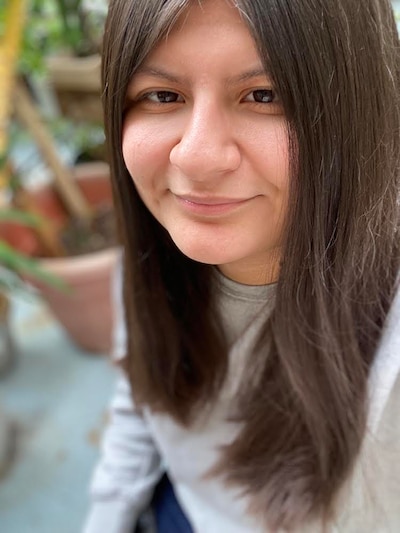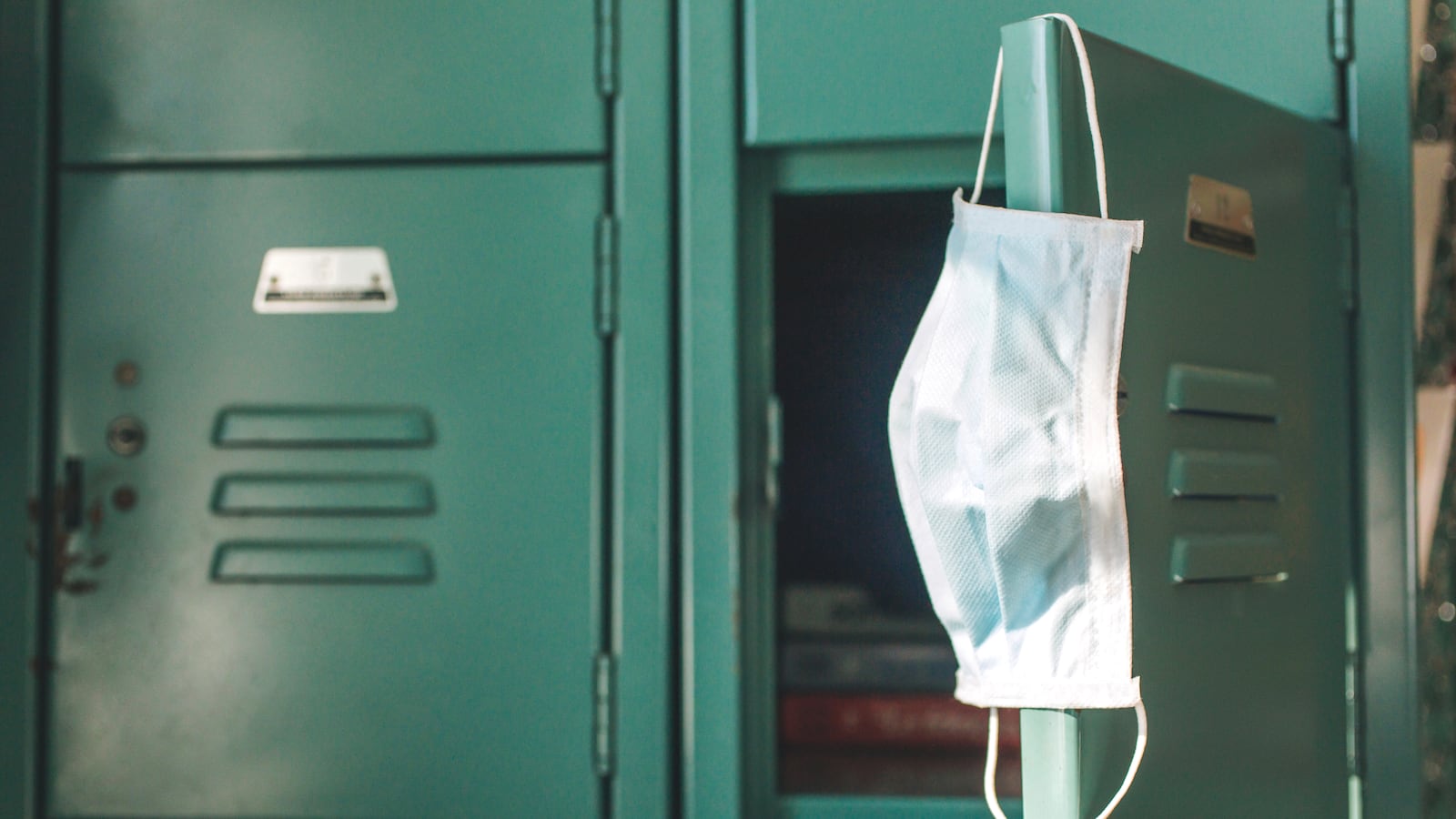I was a high school freshman when COVID first closed schools in March 2020. I remember feeling cheated out of my first year of high school. There would be no more going to the school library to study, eating lunch in the cafeteria with friends, and attending classes — except through a screen.
Before COVID, the prospect of going to school excited me. At home during remote learning, I dreaded logging into my classes. The learning apps that were sprung on us were difficult to navigate at first. I often felt lost.

And while adjusting to learning online was hard, figuring out how to apply any of those lessons was even harder. For instance, I began falling behind in my algebra class because I couldn’t retain anything through the education website DeltaMath. It was hard to focus, being stuck at home with three siblings who were also doing remote learning. Without teachers and friends to talk to, I felt drained.
So, when it was announced that Chicago Public Schools were reopening for the 2021-22 school year, I was relieved. Sure, there were benefits to remote learning — like rolling out of bed and into class (no commute), but the chance to get off of my Chromebook and back into the classroom with three-dimensional people seemed like a really good thing. I thought back to the first half of my freshman year and how much I liked being in school. Now I’d be a junior.
But when I finally walked inside my high school in August 2021, I realized how much the school environment had changed. Everyone was wearing a mask and trying to minimize close contact with others. I was doing the same thing, but it felt weird. Not being able to read facial expressions made me uncomfortable. I just couldn’t get used to this new normal, and I realized it would probably be like this all year.
That first day back, I remember walking into my third-period class, trigonometry. Everyone around me was talking to each other through their masks. Many faces were unfamiliar. They seemed ready to learn. I wasn’t. I had expected that the transition back to campus would be smooth, but I was wrong. After being away from classmates and teachers for half of my freshman year and my entire sophomore year, social interactions were quite awkward, like when someone mistook me for someone else.
Not being able to read facial expressions made me uncomfortable. I just couldn’t get used to this new normal.
To make matters worse, COVID still loomed. I worried about catching the virus I had been home trying to avoid for the past year and a half. Several times, at the beginning of the school year, I had to step out of that math class and force myself to take deep breaths because my anxiety was really high. I thought these feelings would subside, but the longer I stayed in the classroom, the more discomfort I felt.
However, with the help of my Intro to Secondary Education teacher, I realized the importance of letting out my emotions and processing them in a healthy manner, as well as the power of community- and rapport-building. I began to reach out to classmates, friends, and loved ones. I asked for the support I needed, which fostered confidence and relief. Soon, staying in my trigonometry classroom no longer felt overwhelming. Socialization came more easily. I could once again handle people asking me, “What’s your name, again?”
There were still challenges, to be sure, but I became more comfortable moving through them. Now, as the 2021-22 school year comes to a close, I see this past year as one big transition back to in-person learning — a period of hard, necessary, and ultimately meaningful change.
Melony Esquivel is a high school junior (soon to be a rising senior) on Chicago’s South Side. She takes part in her school’s teaching assistant program, in which high school students are matched with a mentor teacher and assigned to work with other students.



